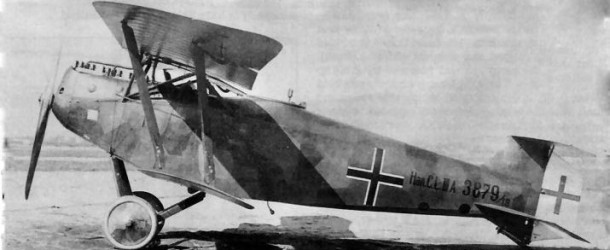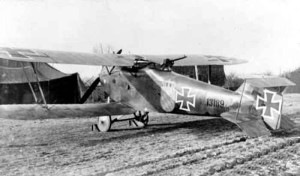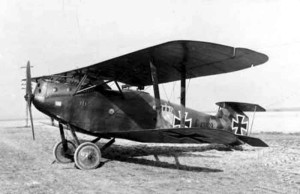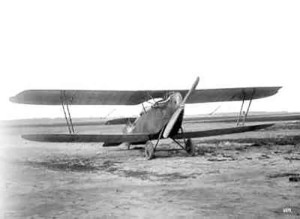The Hannover CL.IIIa , one of the fighters featured in the latest release WW1 Wings of Glory Airplane Packs, was a German two-seat multi-role aircraft. It was very maneuverable and easy to fly. Primarily designed for reconnassaince, it was mainly used as a ground attack machine, but was also employed as an escort and close support plane.
Like the other Hannover "light-C-class," or "CL" designated aircraft designed by Hermann Dorner, it included an unusual biplane tail, allowing for a greater firing arc for the tail gunner. Until the introduction of the aircraft, such tails had only been used on larger aircraft.
The Hannover CL III was a development of the CLII with the same layout. It was produced in response to criticism from crews in the field about a lack of lateral control at low levels.
Compared to the preceding CL.II, the CL.III had redesigned ailerons with aerodynamic balances overhanging the wingtips, a modification providing greater maneuverability, especially at low altitude. The wingtips were modified and the ailerons incorporated overhung balances.
This modification was important because the improved lateral control was more immediately necessary when maneuvering close to the ground as the changed role of the aircraft (ground attack) now dictated.
The CL.III was expected operate in its new ground-attack role in the Schutzstaffeln (escort squadrons) and after this change were re-assigned as Schlachtstaffeln (battle squadrons).
The response to questions of performance were answered by installing the 160 hp. Mercedes engine, which was lighter and, although rated lower in horsepower, actually performed better, particularly at higher altitude. Unfortunately, the Mercedes engine was required more urgently for single seaters, so the type reverted to the Argus AS III, 6 cylinder inline, liquid cooled engine, and in this guise it was designated CL.IIIa.
The aircraft performed well in aerial combat and action against ground targets. She had an excellent maneuverability, ease of operation, and high endurance making it able to "hold" battle damage.
Beginning in 1918, they were used for direct support of troops on the battlefield.
The Hannover CL.IIIa, appeared in the WW1 skies during 1918, proving itself appropriate to expectations. However, the outcome of the conflict was already decided and the appearance of the CL.III did not change this.
Information sources: The Aerodrome, Wikipedia, FlyingMachines.ru, Pilot Friend, Nederlandse Modelbouw en Luchtvaartsite, Wikimedia Commons.












